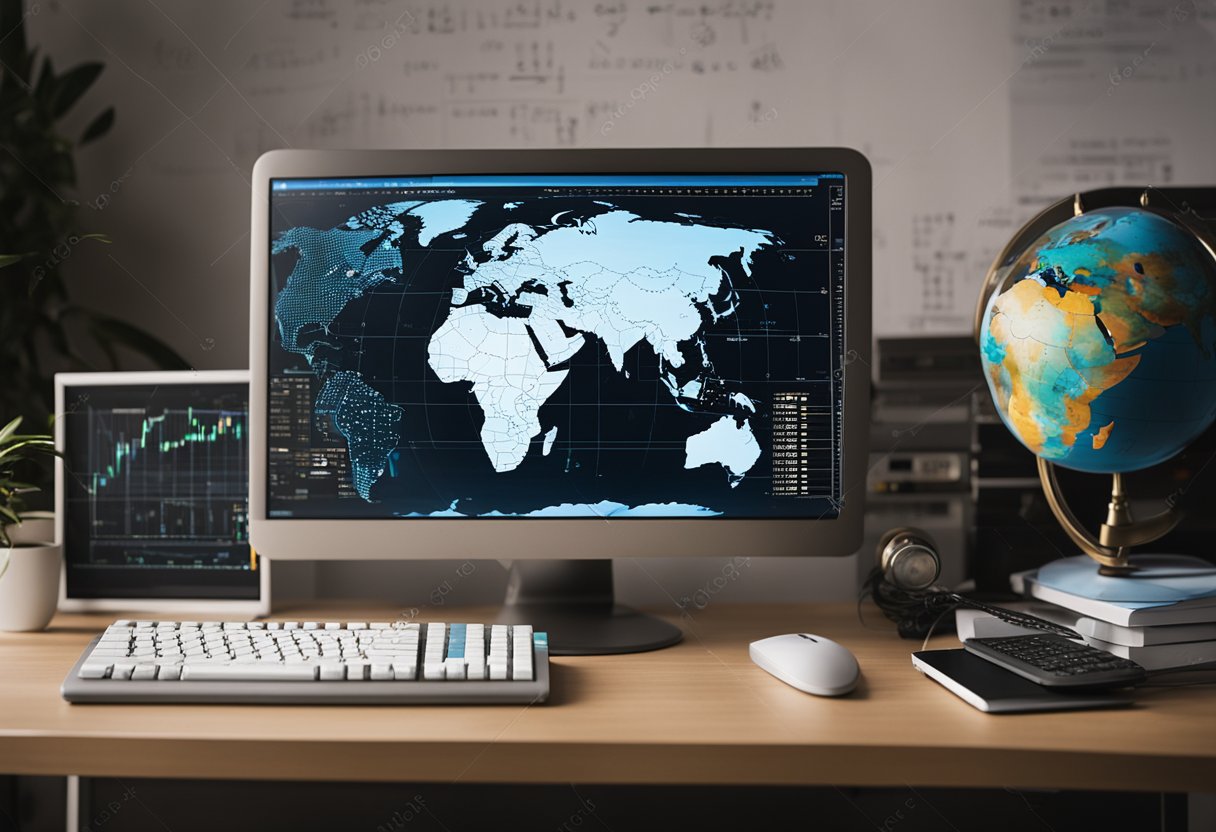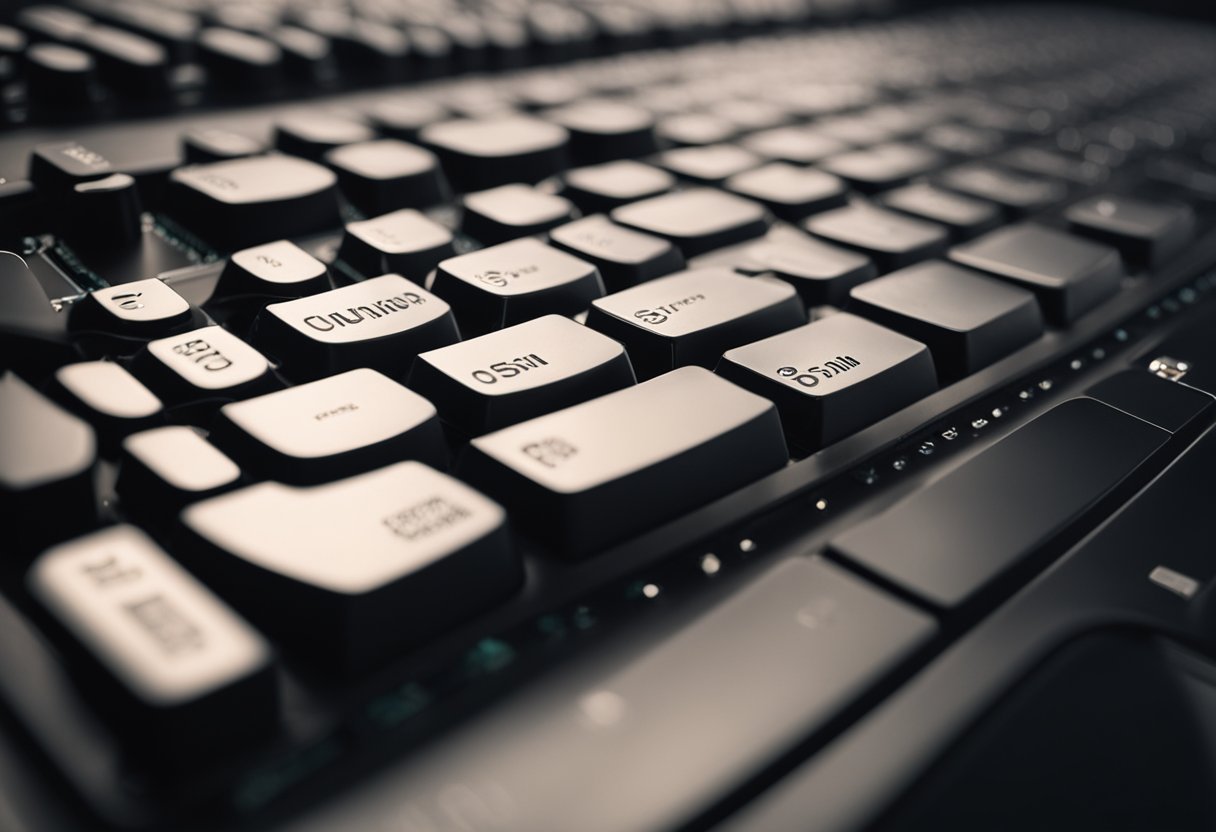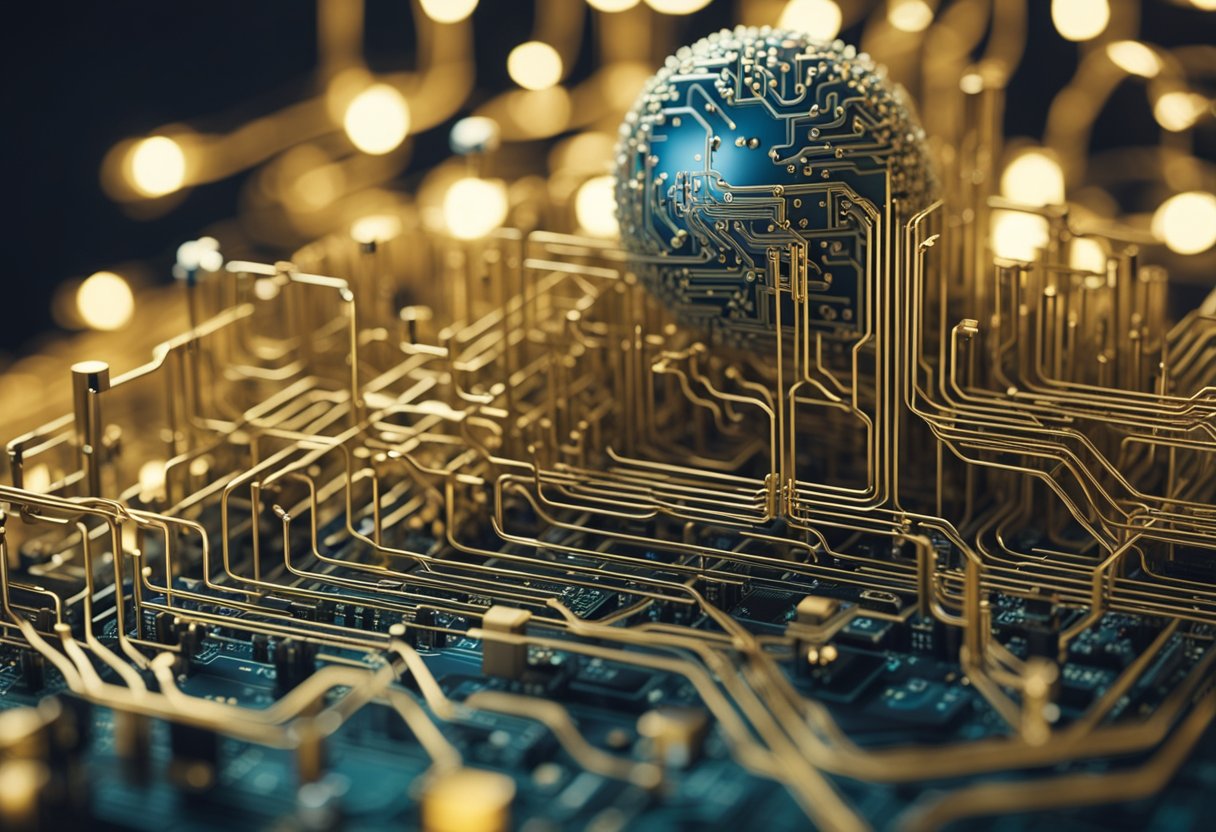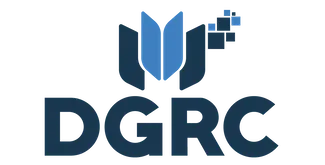Computer models are tools used across various scientific disciplines to simulate and predict outcomes within virtual environments. These simulations allow scientists and analysts to explore complex phenomena, conduct experiments, and make predictions without the cost or risk associated with real-world testing. While these models are invaluable in advancing understanding and decision-making, they inherently come with limitations. Often, these limitations stem from the simplifications that must be made to translate complex systems into a computationally manageable form.

Models work by applying set rules to data and using algorithms to project outcomes. However, with the level of simplification required, details vital to actual conditions may be overlooked or deemed insignificant. Limitations also arise from the quality and quantity of data fed into these models, with issues such as incomplete data sets or inaccurate data potentially skewing results. Additionally, real-world scenarios are often too complex to be perfectly modeled due to unpredictable variables, leading to unforeseen results when models are applied outside their intended context.
Key Takeaways
- Computer models play a crucial role in scientific prediction and analysis, yet they have defined constraints.
- Limitations arise from the need to simplify real-world complexity into manageable algorithms and rules.
- The quality of the data and the applicability to real-world scenarios are critical factors influencing model reliability.
Foundations of Modeling

The accuracy and application of computer models heavily rely on their underlying structure and components. These foundations determine both the potential and limitations of a model.
Types of Models
Deterministic models are those that, given a set time and a set of initial conditions, will always produce the same outcome. They are typically used in fields like physics where the laws of nature are well understood. In contrast, stochastic models incorporate elements of randomness and are used when outcomes are uncertain, often reflecting more accurately the variability found in real-world scenarios.
Components of Mathematical Models
Mathematical models are built using a combination of variables, which are quantities that can change; and parameters, constants that define the model’s behavior but do not change within the context of the model. The models are structured through equations that define relationships between these variables and parameters, aiming to predict or simulate behaviors in a system. For a mathematical model to provide meaningful predictions, one must carefully define and interpret these components, knowing they carry limitations in representing complex real-world phenomena.
Limitations in Model Design

When developing computational models, it is critical to recognize that inherent limitations arise due to the simplifications and assumptions made, as well as the challenges in accurately representing complex systems.
Simplifications and Assumptions
Simplifications in a model’s design are necessary to make problems tractable for computational resources. However, they often lead to a loss of details that can be significant in the real world. For instance, in the realm of fire risk models, simplifications may overlook certain combustion dynamics. Assumptions are the bedrock on which models are built; they define the scope of the model’s applicability. Yet these assumptions can be limiting if they do not accurately reflect the variability and uncertainty present in the actual environment. Details about these concerns are outlined in a study focused on the limitations of computer models in relation to fire risk.
Complex Systems Representation
Capturing the behavior of complex systems in computational models poses significant challenges due to their inherent non-linearity and interdependencies. Elements within these systems interact in unpredictable ways, leading to emergent behaviors that can be difficult to replicate in a model. For elaborate systems, like simulating crowd behaviors in new sports complexes, simplified models may inadequately project actual scenarios. The difficulties in encapsulating such intricacies are expounded in works discussing the issues with computer modeling and simulation.
Computational Challenges

Computer models are invaluable tools in understanding and simulating complex systems, but their effectiveness is often constrained by computational challenges. These challenges can range from the physical limitations of computing hardware to the efficiency of the algorithms themselves.
Computing Power Constraints
Computing power directly impacts the capability of computer models. The demand for high-performance computing has escalated with the increasing complexity of simulations and larger datasets. Models that incorporate real-time data or extensive multi-variable analyses require massive computational resources. Situations like processing vast climate data sets or conducting intricate molecular simulations often hit the ceilings of current technology, making it evident that there are tangible bounds on computational power.
Supercomputing resources are not always accessible for every project, and even then, these resources are expensive and face scalability limitations. As certain research outlines, improving the use of models and simulations is contingent upon the advancement of computing platforms from mobile devices to paralleled supercomputers.
Algorithmic Limitations
Algorithms are the backbone of any computational tool, yet they come with their own set of limitations. Optimal algorithm design is challenging; it needs to balance complexity with computational efficiency. Complex models such as those used in deep learning tend to require expansive algorithmic sophistication, which in turn increases the computational load.
The quest for reducing computational complexity is ongoing. Computer models must handle an increasing amount of data, and here lies a critical issue: more data can mean better accuracy, but it also increases the strain on algorithms to process it efficiently. Sometimes the algorithm’s logic can be a bottleneck, especially if it hasn’t been optimized for the type of data or specific tasks it’s handling. Thus, optimizing algorithms and finding new approaches becomes essential to progressing computational capabilities, as suggested by research on the computational limits of deep learning.
Data Quality and Availability

Computer models rely heavily on the quality and availability of data. The accuracy of their outputs is contingent upon the precision of the data they are fed, and the degree to which said data adequately represents the real-world scenarios being modeled.
Accuracy and Precision
Accuracy in data is crucial, as it reflects how close data points are to the true values. For instance, in the realm of big data, the precondition for utilizing data effectively is that it must be of high quality, incorporating accurate and up-to-date information to ensure reliable analyses and decision-making. Conversely, a lack of precision can lead to models that fail to predict real-world behaviors accurately.
Data Collection Constraints
The process of data collection poses its own set of challenges. Constraints can stem from a variety of sources such as limitation in technology, insufficient experimental designs, or a lack of comprehensive observations. These restrictions can lead to incomplete datasets where critical pieces of information might be missing, further undermining a model’s capability. It is noted that test cases must be written and executed to detect data quality issues, which can be a resource-intensive task requiring sophisticated methods to ensure the data is fit for purpose.
Applicability to Real-World Scenarios
Computer models often serve as essential tools in disciplines such as engineering, economics, and public health, striving to predict and comprehend complex real-world phenomena. However, the transition from theory to practice introduces inherent limitations due to the complex nature of real-life systems.
Predicting Complex Phenomena
Complex phenomena in the real world often involve variables and interdependencies that are difficult to capture in computational models. In engineering, models might simulate structural behaviors under stress, yet they can struggle to account for every variable encountered in practical scenarios. When it comes to economics, models that predict market trends may not always incorporate unpredictable human behaviors or international events that sway market dynamics significantly.
Public health models attempt to predict the future course of diseases based on various parameters such as infection rates and immunization levels. Nonetheless, the unpredictability of human action and mutation of pathogens can lead to deviations from forecasts, thus affecting the predictability and outcomes.
Model Validity and Verification
The process of validation is critical for ensuring that a computer model accurately reflects the system it’s intended to represent. However, verification of these models, particularly those used in complex systems such as climate prediction or the behaviors of crowds in emergency situations, often runs into practical barriers. A model’s parameters must be continually updated and checked against real-world outcomes, but there can be significant lags in the data or even a lack of available data for certain phenomena.
For instance, in public health, validation challenges arise when new health threats emerge, and data is scarce. Similarly, in engineering projects, verification of models against actual performance can be painstaking and expensive. Even models that are thoroughly validated in controlled environments can behave unexpectedly when deployed in the real-world, where conditions are rarely as stable or predictable as in simulations.
Uncertainty and Stochastic Processes
Uncertainty in computational models stems primarily from inherent randomness and the sensitivity of systems to initial conditions. These factors significantly influence the accuracy of predictions, particularly in complex systems such as climate change models.
Role of Randomness in Models
Stochastic models embrace the role of randomness, recognizing that many aspects of nature and human systems behave unpredictably. They incorporate random variables and processes to simulate this intrinsic uncertainty. A stochastic simulation might, for example, evaluate the performance of an engineering system where components have uncertain lifespans. The accuracy of such models is tied to the fidelity with which they represent the system’s randomness. If probability distributions are well-characterized, such models can provide powerful insights into expected behaviors and outcomes.
Chaos Theory and Predictability
Chaos theory deals with the sensitivity of systems to their initial conditions. A hallmark example is weather prediction, which is highly susceptible to minute variations in initial data – a concept popularly known as the ‘butterfly effect.’ Because of this sensitivity, even deterministic systems can exhibit behavior that seems random, complicating predictions of long-term patterns. This is particularly true in complex systems like those governed by climate change, where a small change can lead to a significant and unpredictable outcome. Models that accurately capture chaos can help in anticipating the range of possible future states of the system, albeit with limits on precise predictability.
Advancement of Computational Models
The field of computational modeling has seen significant advancements through the integration of machine learning, enhancing the robustness and predictive power of these models. These strides forward have solidified computational models as a cornerstone of the scientific method in the digital age.
Machine Learning Integration
Machine learning algorithms have revolutionized computational models by enabling computers to improve their performance over time. By extracting patterns from vast datasets, machine learning integration has swiftly moved from a novel approach to an essential facet of modern computational tools. Models incorporating machine learning can now more accurately predict outcomes in complex systems ranging from climatic events to market trends. The continuous improvement of such models is a testament to machine learning’s profound impact on computational sciences.
Improving Model Robustness
Robustness in computational models refers to their ability to produce reliable and accurate results, even when faced with uncertainties or variations in input data. Work in this area is critical; it helps models to not only reflect real-world scenarios more closely but also to maintain their validity over time. Improvements in computational power have enabled these models to handle more detailed simulations, which has led to improved robustness. This leads to models that are not just computational achievements but also more aligned with the principles of the scientific method.
Ethical Considerations and Societal Impact
Computer models, especially within the realms of public health and social systems, raise significant ethical questions and societal implications. The models are not purely objective tools; they embody the values, biases, and priorities of their creators, potentially impacting public policy and individual lives.
Modeling Interventions in Public Health
Computer models have been integral in developing public health interventions during the pandemic. These models can predict the spread of infectious diseases and assess the potential impact of strategies such as social distancing on reducing deaths and transmission. Ethical considerations come into play when models determine resource allocation, such as vaccines or hospital beds, potentially affecting the most vulnerable populations.
Impact of Predictive Modeling on Society
The influence of predictive modeling on society is profound, often shaping public perceptions and actions. When models analyze societal trends, they can inadvertently contribute to policies that discriminate or exacerbate inequalities. The ethics surrounding the use of such models call for transparency and accountability to ensure that the social implications of predictive modeling are fair and just. The fidelity with which these models reflect complex human behaviors is also a matter of concern, as inaccuracies can lead to unintended consequences.
Case Studies in Modeling Limitations
Understanding the limitations of computer models is crucial, especially when these models inform critical decisions in public health and environmental policy. This section explores case studies that highlight specific challenges encountered in different domains.
Public Health Crisis Models
During a pandemic, models are vital for predicting disease spread and impact. However, public health models can have limitations due to uncertainties in initial data and changing variables. For instance, the models for COVID-19 faced challenges with rapidly evolving virus information and varied human behavior, impacting their predictive accuracy.
Climate Projections and Environmental Models
Climate models are essential for forecasting future changes in the environment due to climate change. Yet, these models can be limited by incomplete data and the complex nature of climate systems. A study found that while environmental models can inform policy, they often struggle with representing multifaceted ecological interactions and long-term projections.
Frequently Asked Questions
Computer models are essential tools for scientific research, but they do come with inherent limitations. Understanding these constraints helps improve the models and manage expectations regarding their predictions.
What factors contribute to inaccuracies in scientific models?
Scientific models may exhibit inaccuracies due to factors like incomplete or imprecise input data, oversimplifications of complex processes, and computational constraints. Inaccurate models could lead to unreliable results, especially when applied beyond their intended scope.
How do assumptions in scientific modeling affect outcomes?
Assumptions are necessary for model construction but can introduce biases or errors if they do not sufficiently represent real-world conditions. Consequently, these assumptions can significantly impact the outcomes, potentially leading to incorrect conclusions.
In what ways can simplifications in science models lead to incorrect predictions?
Simplifications in science models reduce complexity for computational feasibility, but they can strip away nuances of the system being modeled. This sometimes results in predictions that don’t fully capture the range of possible outcomes in reality.
Why are there often discrepancies between model simulations and real-world observations?
Discrepancies between model simulations and real-world observations often occur due to the unpredictable nature of the variables involved or unanticipated interactions within the system. Models also might not account for rare events or outside influences.
What challenges arise from the scalability of scientific models?
Challenges in model scalability include computational demands and the potential for increased error propagation as the model is applied to larger systems or over longer timescales. This makes the results less predictable and possibly less accurate.
What are the common causes of uncertainty in the results of computer simulations?
Common causes of uncertainty in computer simulations include the intrinsic variability of natural systems, limitations in current computing power, and the quality of the algorithms used. These uncertainties can affect the reliability of simulation results.
